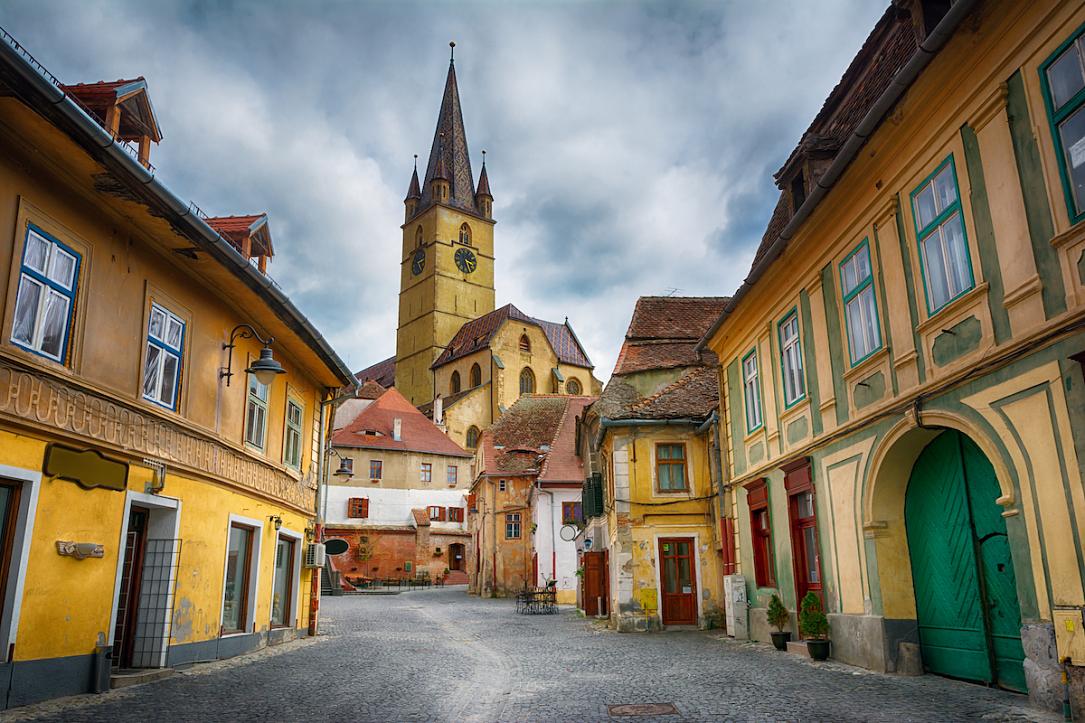Nürnberg Sibiu
Posted : admin On 4/11/2022
N has been described as reminiscent of lode runner - you're a little dude running around in a puzzle-y world inhabited by enemies. But in N, there's a twist: the ninja is driven not only by a thirst for gold, but also by a physics simulation. Play Tetris N-Blox for free. Browser-based online Tetris game. No download required. Click Here to Play BeGone: WarLand 2 Now. Free to play 3D browser-based first person shooter. Multiple weapons and perks. XP awards for kills and team wins. The latest tweets from @n. Please provide a short description of your issue Close. Can you sign in?
Toriyama Sekien (鳥山 石燕, 1712 – September 22, 1788) is the pen-name of Sano Toyofusa, an 18th-century scholar, kyōka poet, and ukiyo-e artist of Japanese folklore. Born to a family of high-ranking servants to the Tokugawa shogunate, he was trained by Kanō school artists Kanō Gyokuen and Kanō Chikanobu, although he was never officially recognized as a Kanō school painter.[1]
Art career[edit]
After retiring from service to the shogunate, he became a teacher to numerous apprentices in poetry and painting. He was among the first to apply Kanō techniques to ukiyo-e printmaking, inventing key new techniques along the way, such as fuki-bokashi, which allowed for replicating color gradations.[2] Most famously, he was the teacher of Kitagawa Utamaro and Utagawa Toyoharu.[3]
Sekien is best known for his mass-produced illustrated books of yōkai that had appeared in Hyakki Yagyō monster parade scrolls. The first book proved popular enough to spawn three sequels, the last of which features yōkai mainly out of Sekien's imagination. Although sometimes described as a 'demonologist,' his work is better described as a literary parody of encyclopedias such as the Japanese Wakan Sansai Zue or the Chinese Classic of Mountains and Seas, which were popular in Japan at the time.[4] His portrayals of these creatures from folklore essentially established their visual portrayals in the public's mind and deeply inspired other Japanese artists in his own and later eras, including ukiyo-e artists Tsukioka Yoshitoshi, Kawanabe Kyōsai, and manga artist Mizuki Shigeru.[5]
Notable works[edit]
N.j. State Lottery Results
- Toriyamabiko (鳥山彦, published in 1773)
- Sekien's Picture Album (石燕画譜, published in 1774)
- The Illustrated Demon Horde's Night Parade (画図百鬼夜行, published in 1776)
- The Illustrated Demon Horde from Past and Present, Continued (今昔画図続百鬼, published in 1779)
- More of the Demon Horde from Past and Present (今昔百鬼拾遺, published in 1780)
- A Horde of Haunted Housewares (画図百鬼徒然袋, published in 1784)
References[edit]
- ^Davis, Julie (2015). Partners in Print: Artistic Collaboration and the Ukiyo-e Market. University of Hawaii Press. p. 25. ISBN978-0-8248-3938-3.
- ^Davis, Julie (2007). Utamaro and the Spectacle of Beauty. University of Hawaii Press. p. 33. ISBN978-0-8248-3199-8.
- ^Yoda, Hiroko; Alt, Matt (2017). Japandemonium Illustrated: The Yokai Encyclopedias of Toriyama Sekien. Dover Publications. p. vii. ISBN978-0-4868-0035-6.
- ^Yoda, Hiroko; Alt, Matt (2017). Japandemonium Illustrated: The Yokai Encyclopedias of Toriyama Sekien. Dover Publications. pp. viii–ix. ISBN978-0-4868-0035-6.
- ^Yoda, Hiroko; Alt, Matt (2017). Japandemonium Illustrated: The Yokai Encyclopedias of Toriyama Sekien. Dover Publications. p. ix. ISBN978-0-4868-0035-6.
Sibiu Nurnberg Zbor Direct
External links[edit]
- Toriyamabiko, a copy of his first book, in the collection of the Museum of Fine Arts, Boston
- Bridge of dreams: the Mary Griggs Burke collection of Japanese art, a catalog from The Metropolitan Museum of Art Libraries (fully available online as PDF), which contains material on Toriyama Sekien (see index)
| Wikimedia Commons has media related to Toriyama Sekien. |